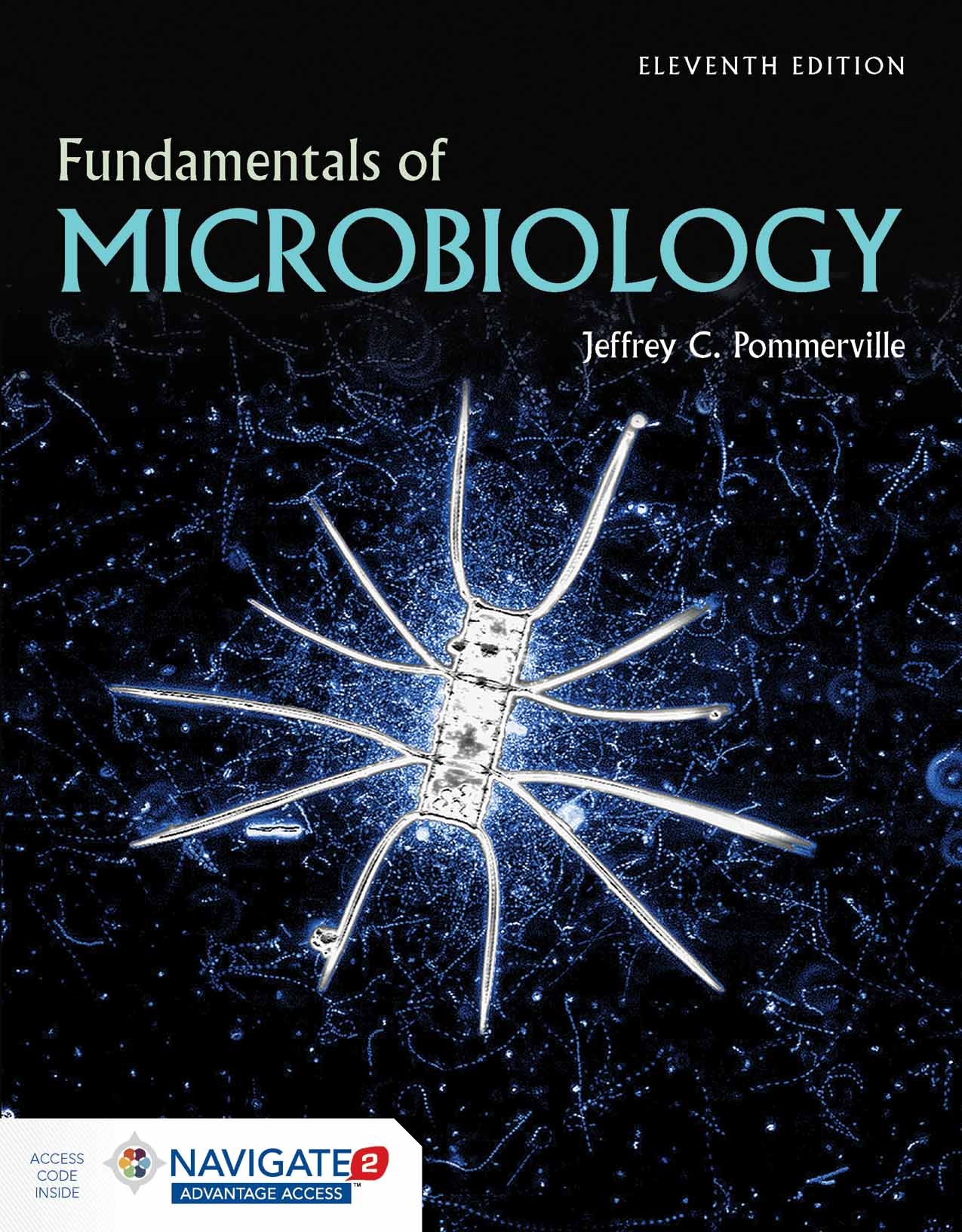What is This Product?
The Test Bank for Fundamentals of Microbiology, 11th Edition by Jeffrey C. Pommerville is a comprehensive academic resource designed to help students reinforce their understanding of microbiology concepts. This test bank includes a diverse range of exam-style questions, such as multiple-choice, true/false, and case-based scenarios. It is an essential tool for students preparing for microbiology exams, as well as for instructors looking to develop assessments based on key topics in microbiology.
This test bank covers foundational microbiology principles, including microbial genetics, cell structure, disease mechanisms, immunity, and microbial control methods. It also delves into bacterial, viral, and fungal infections, along with applied microbiology topics such as industrial and environmental microbiology. The content is structured to support learning, enhance comprehension, and provide detailed evaluations of microbiology concepts for both academic and professional applications.
Each chapter includes questions that test knowledge on microbiological processes, laboratory techniques, and real-world applications in healthcare and research. With this test bank, students can practice problem-solving, enhance critical thinking, and prepare effectively for exams.
Table of Contents:
Part 1: Foundations of Microbiology
- Chapter 1: Introduction to Microbiology: Historical Perspectives and Modern Applications
- Chapter 2: The Chemical Foundations of Life and Microbial Function
- Chapter 3: Laboratory Techniques and Tools for Studying Microorganisms
- Chapter 4: Structure and Organization of Prokaryotic and Eukaryotic Cells
- Chapter 5: Microbial Growth, Reproduction, and Nutritional Requirements
- Chapter 6: Microbial Metabolism: Energy Pathways and Enzymatic Reactions
Part 2: Microbial Genetics and Molecular Biology
- Chapter 7: Genetic Information in Microbes: Structure, Function, and Mutation
- Chapter 8: Gene Transfer, Genetic Engineering, and Microbial Genomics
Part 3: Controlling Microbial Growth
- Chapter 9: Physical and Chemical Methods of Microbial Control
- Chapter 10: Antimicrobial Agents and the Rise of Drug Resistance
Part 4: Bacterial Diseases and Pathogens
- Chapter 11: Airborne Bacterial Infections and Respiratory Diseases
- Chapter 12: Foodborne and Waterborne Bacterial Diseases
- Chapter 13: Soilborne and Vector-Transmitted Bacterial Diseases
- Chapter 14: Sexually Transmitted Infections and Contact-Transmitted Diseases
Part 5: Viruses, Fungi, and Eukaryotic Microorganisms
- Chapter 15: Viruses and Their Impact on Human Health
- Chapter 16: Viral Infections Affecting the Respiratory System and Skin
- Chapter 17: Bloodborne, Gastrointestinal, and Nervous System Viral Diseases
- Chapter 18: Pathogenic Fungi and Their Role in Human Infections
- Chapter 19: Parasitic Microorganisms and Associated Diseases
Part 6: Microorganisms and Human Interaction
- Chapter 20: Microbial Pathogenesis, Host Defenses, and Epidemiology
- Chapter 21: The Innate Immune System and Non-Specific Defense Mechanisms
- Chapter 22: Adaptive Immunity: Antibodies, Vaccines, and Immunological Memory
- Chapter 23: Immunodiagnostics and Serological Testing
- Chapter 24: Immune Disorders, Autoimmune Diseases, and HIV/AIDS
Part 7: Applied and Environmental Microbiology
- Chapter 25: Microbial Applications in Food Processing and Biotechnology (Online Access)
- Chapter 26: The Role of Microorganisms in Environmental and Industrial Microbiology (Online Access)
Appendices:
- Appendix A: Measurement Systems and Temperature Conversions
- Appendix B: CDC Guidelines on Notifiable Infectious Diseases
- Appendix C: Pronunciation Guide for Microbial Names
- Appendix D: Answer Key for Review Questions
This test bank serves as a valuable study aid for students pursuing microbiology courses in medical, pharmaceutical, and biological sciences. It provides a structured learning path that helps in mastering key microbiological principles while preparing for academic assessments and professional exams.












Reviews
There are no reviews yet.